|
The Belvedere Hotel made its formal debut in 1903, taking its name from the estate of John Eager Howard (his son Charles would marry Francis Scott Key’s daughter Elizabeth in 1825.) Located at 1 Chase Street in downtown Baltimore, this was the center of Charm City’s social scene for many years. The structure still stands today, however its primary usage today is boasting luxury condos. In its heyday as a hotel, the Belvedere hosted many famous celebrities ranging from movie stars and musicians to politicians and three U.S. presidents. The hotel’s majestic ballroom was used nightly for formal dinners and fanciful galas. An event that occurred here on the night of Monday, January 11th, 1910, did not possess the glitz and glamour of a Hollywood party, nor did it have the stuffy air of a formal state dinner. No, on this particular night, a group of Union veterans of the American Civil War once again gathered together to reminisce about days of old, and enjoy each other’s company during times of peace—something they had been doing since their inaugural edition of these annual reunions decades before. This group was known as Cole’s Cavalry, a military outfit of volunteers that had been formed 49 years earlier in 1861 at the outset of “the War between the States.” Although the event was well-attended and went off without a hitch, there was something noticeably different in comparison with previous gatherings of this set of cavalrymen attached to a military unit known as the Potomac Home Brigade. Plain and simply, absent was the group’s wartime leader and namesake—Col. Henry A. Cole, a Frederick, Maryland native. Col. Cole had died the previous May. In 1861, Henry Alexander Cole rose to the rank of American colonel and bravely commanded the 1st Maryland Cavalry Battalion, Potomac Home Brigade in operations across his home state of Maryland and Virginia during the American Civil War. An 1881 newspaper article appearing in a newspaper called the Carbon Advocate (Lehighton, PA) spoke of our subject: “Maj. Henry A. Cole of Frederick, Md., was the commander, and it is needless to say that he was a man of great dash and courage. From the first fight in which he led his four companies of brave mountaineers, down to the close of the war, the cavalry he commanded bore his name and I doubt if there was ever one of those sturdy veterans who did not take pride in saying that he belonged to Cole’s Cavalry.” Henry Alexander Cole was born on July 25th, 1838, in Frederick. He was the third son of George A. Cole (1806-1886) and wife Ann F. (Hilton) Cole (1803-1877). One of eight children, Henry was educated in local schools and took on the trade of carpenter like his father before him. Over the next decade, Henry used his skills in the contracting and construction of residential, commercial and public structures. The Cole family lived on South Market Street, just south of the intersection with All Saints St. They had a house on the east side of Frederick’s principal north-south thoroughfare, and this was three doors down from the B&O Railroad passenger station (across Market Street from the US Hotel). With the winds of war prominently blowing on Frederick in the spring of 1861, local residents had seen events such as the fall of Fort Sumter (SC), the fall of Harpers Ferry and defection of Virginia from the Union, the Pratt Street Riots in Baltimore, and the capital of Maryland temporarily moved from Annapolis to downtown Frederick. An early war zone would soon constitute our county’s southern border. This was the Potomac River, true dividing line between North and South, the Union and the Confederacy. Before the war, Henry A. Cole was a commissioned "Major" in Maryland’s Militia on May 1st, 1861. He would serve as Aide-de-camp on the staff of Major General Anthony Kimmel (commander of militia in the western part of the state.) On July 19th, 1861, US Congressman from Maryland, Francis Thomas, received authorization from Edwin Stanton, President Abraham Lincoln’s Secretary of War, to provide for the raising of four regiments of infantry for the protection of persons and property in the area. In addition to the four companies of infantry, Representative Thomas also planned to raise four regiments of cavalry who would prove useful for the exact services that the brigade was being raised for – scouting, patrolling river crossings, and anti-guerrilla operations. Secretary Stanton’s order was brought to Frederick and a request for volunteers was called for with interested parties asked to assemble at the old Hessian Barracks site on South Market Street, a stone’s throw from Mount Olivet Cemetery. The day was August 10th, 1861. As this was a volunteer unit, most of the men who answered the call were young and had come from local farms, bringing their own horses for use in the war effort to preserve the Union. This would be the same day that Henry A. Cole enlisted in the Union Army. Like the men under him, he was mustered into the military for three years’ service. Just over three months later on November 27th, 1861, Cole would be appointed captain of Company A of the 1st Maryland Cavalry Battalion, Potomac Home Brigade. In short time, this outfit, made up primarily of Frederick men, would take the name of its charismatic recruiter, becoming “Cole’s Rangers” and/or "Cole's Cavalry.” Henry A. Cole made a true name for himself on March 7th, 1862 as his men led the advance of Gen. Nathaniel P. Banks division into Virginia. Cole would have his horse killed under him at the battle of Bunker Hill (north of Winchester). Luckily, our subject would not be injured in the incident. He was able to quickly liberate one of the many horses the Rebels had captured/stolen for his own use, allowing him to lead a defeat of the Confederate units under renowned cavalry Gen. Turner Ashby (1828-1862.) Cole and his men would take many prisoners in the days to follow. Capt. Cole and his men would participate in the Battle of Kernstown on March 22nd, 1862 and the following day's Battle of Winchester in which Gen. James Shields faced off against soldiers under Gen. T. J. "Stonewall" Jackson and his stalwart brigade. In the months to follow that spring, the Frederick men in Company A would see action at Edinburg and Charles Town, both in Virginia. On August 1st, 1862, Companies A, B, C, and D were consolidated within the 1st Maryland. The whole regiment now took Cole’s moniker. Henry Cole would be officially promoted to the rank of major a few months later in October. In late summer, Cole's Cavalry would participate in the Second Battle of Bull Run/Manassas, operating against the left flank of the Confederates. After Gen. Robert E. Lee’s victory in this major engagement, the Confederates headed north into Maryland. They crossed the Potomac River at Conradt’s Ferry and soon would be traversing Carrollton Manor. Frederick would be the first substantial, northern town to which the fabled general would bring his Army of Northern Virginia. This was early September of 1862. Meanwhile, Cole’s Rangers attacked Southern cavalry units near Leesburg. They did encounter a surprise attack in the Battle of Mile Hill on September 2nd of 1862 in which Cole lost roughly 60 men. Two days later, Cole's Cavalry was active at skirmishes at Edwards Ferry and Monocacy Creek along the Potomac. They provided reconnaissance of troop movements in the Lovettsville area as the Rebel forces converged on Frederick. From here, Cole was ordered to participate at the Battle of Harpers Ferry (Sept. 12-15) of the Maryland Campaign. A cavalry breakthrough of enemy lines was necessary at the final stages of the battle. Cole’s Cavalry were tasked to deliver an important dispatch from the beleaguered garrison of Col. Dixon Miles to Gen. George B. McClellan, in charge of the Union’s Army of the Potomac. Major Cole , with three men on foot, succeeded in eluding the Confederate forces, and reached McClellan's headquarters east of Burkittsville. Once there, he reported the condition of affairs at Harpers Ferry, and was assured by the general "that he felt confident that by that time Gen. Miles had been relieved" by Gen. Franklin. Unfortunately, this would not happen resulting in a major surrender by Miles. Over 12,000 men laid down their arms in what became the largest surrender of US forces until the Second World War. The captured men were paroled and were soon on their way to Camp Parole near Annapolis, where they would wait out their exchanges. Cole's Cavalry had lost about a dozen men around the Harpers Ferry area through the whole episode and days leading up to it. Regardless, Henry Cole would receive personal thanks for the mission. The battles of South Mountain and Antietam would occur at this same time. Afterwards, Henry Cole would remain in Northern Virginia to square-off against one of his key rivals—Confederate Col. John S. Mosby (1833-1916). Mosby’s operations in Northern Virginia, and regular attacks across the Potomac on the Chesapeake & Ohio Canal and Baltimore & Ohio River, are legendary. During the Gettysburg campaign of June/July, 1863, Maj. Cole was connected with the division of Gen. French. Cole's Cavalry would be sent to Frederick where Cole, himself, would serve as provost marshal. After the Battle of Gettysburg, Cole's command was sent to Harpers Ferry to destroy the bridge to prevent Rebels from crossing at that point. This was a mission that was successfully accomplished with small loss to Cole's unit. With well over a year of solid experience and services under its belts, the decimated ranks of Cole’s Cavalry needed to be refilled due to losses due to capture and casualty. Soon replenished to full strength, the battalion drew the assignment to range up and down the Shenandoah Valley, keeping a watchful eye on the movements of Gen. Lee. For a short time, the battalion was broken up, however in the fall of 1863 the command was reunited and assigned to pursue Lee and his Army. During the autumn and winter, Cole’s Cavalry fought the Confederates at Leesburg, Upperville, Charlestown, Woodstock, Front Royal, Edinburg, New Market, Harrisonville, and Romney. The old battalion was placed in a “Brigade” with the First New York Cavalry within the 34th Massachusetts Infantry. The New York cavalrymen and Cole’s cavalrymen became devoted friends. Each command had the highest opinion of the brave qualities of the other. Rations and powder were practically shared. Going to the following winter of 1863 – 1864, the New Yorkers and the Marylanders engaged in horse racing and other sports at Brigade headquarters at nearby Charlestown, which seems all but fitting. Maj. Cole would go on to participate at the Battle of Loudoun Heights (VA) and was promoted to Lieutenant Colonel for his dramatic victory at the engagement on January 10th, 1864. This would often be referred to as “the battle in the snow.” Mosby’s Rangers would attack Maj. Cole’s command in the middle of the night. Cole’s men fought them off in the snow wearing only their night clothes (ie: pajama equivalent). After a desperate hand-to-hand combat, the Confederates were repulsed. This event would be commemorated each year on January 10th by Cole and his men, setting the date for the annual reunion banquets like the one mentioned at the outset of this particular "Story in Stone" on January 10th, 1910. (NOTE: For a detailed description of this event, see Travis' "A River Divided" blog article.) Celebrated in Frederick The heroics at Loudoun Heights by Cole's Cavalry won its commander much attention, not to mention personal thanks from Gen. H. W. Halleck, commander-in-chief of the United States armies. The bravery of Cole's Cavalry had been published in newspapers across the country. In February, 1864, three fourths of the command reenlisted for the duration of the war. They were granted a furlough for the period of 30 days. The cavalrymen were given a warm reception by the people Frederick. Citizens flocked to the outskirts of town in order to greet them, all the while bells of the fire engine companies and the churches were ringing. The soldiers marched through the streets of Frederick amidst waving flags welcoming Cole’s cavalrymen back, and were eventually escorted into City Hall on North Market Street to the strains of the song "Home Again." A patriotic address was then made by Judge Madison Nelson, associate judge of the Maryland court of appeals. The ceremony was followed by a banquet, after which the members of the battalion hurried to their homes. At this same time, Maryland Governor Augustus W. Bradford had taken great interest in Cole’s Cavalry, and suggested the major enlarge his battalion to full regiment. This unit had proven so useful to Federal commanders during the campaigns of 1862 and 1863 that the organization was further expanded in February 1864. Eight additional companies were created, raising the battalion to a full regimental strength. The governor had no difficulty in getting the necessary authorization from President Lincoln’s War Department. Maj. Cole was commissioned lieutenant colonel in March, and then fully promoted to colonel the following month on April 20th, 1864. The veterans of the first Battalion, who were fully equipped, were ordered to report to Gen. Franz Sigel as part of Gen. Phil Sheridan's campaign in the Shenandoah Valley. On May 15th, 1864, Cole’s Cavalry took part in the disastrous fight at New Market, Virginia. Losses were heavy for the Union side as Gen. Sigel was defeated, and many soldiers were captured by the brigade of brave young cadets from the Virginia Military Institute located in Lexington, Virginia. Gen. Sigel’s movements have been subject to criticism. Unfortunately, he failed to thwart a secret mission headed by Rebel Gen. Jubal A. Early a month later, allowing Early's force to arrive in Martinsburg by train from Lynchburg, VA while the Union had the capital of Richmond under siege, as well as Petersburg. This "Hail Mary" plan of Robert E. Lee's involved a sneak attack on Washington, DC from the northwest, or so it would play out that way in early July, 1864. With Cole's Cavalry out in the Shenandoah Valley, a clear path to Frederick without opposition had been laid out to Gen. Early. He would levy ransoms on Hagerstown, Middletown and finally Frederick. You likely have heard the story of Frederick's city officials and local banks cobbling together $200,000 at that time in effort to "save the town" from the supposed torch of Early and his men. The Battle of Monocacy would immediately follow on July 9th as heavily outnumbered Union forces under Gen. Lew Wallace met Gen. Early along the banks of the Monocacy River south of town at the site of the Frederick railroad junction. If not for this little engagement, and the delay it caused allowing the city of Washington to be re-fortified, our nation's capital might have been captured by Early's force. Later in 1864, Cole’s cavalrymen took part in the engagements at Keedysville, Charlestown, Halltown, Summit Point, Berryville, and Winchester. The area was soundly kept in check by the forces under Gen. Phil Sheridan. The regiment of Col. Cole was afterwards ordered into the newly-formed/named) state of West Virginia to guard lines of communication until the war's end in the spring of 1865 when Gen. Robert E. Lee surrendered to Union Gen. Ulysses S. Grant on April 9th. Col. Henry A. Cole would be relieved of command a few weeks later in Martinsburg on May 3rd. Cole's Cavalry was officially mustered out of the service at Harpers Ferry on June 28th, 1865. Over the course of the war, at least 1,616 officers and men served under the Frederick native. During the period of nearly four years from August 1861 to June 28th, 1865, the regiment had fought in nearly 200 engagements and captured more than 1000 prisoners. Some of Col. Cole's men had covered 7000 miles criss-crossing the Potomac region. After the war, Henry A. Cole applied for a position in the U.S. Cavalry and was informed by the U.S. Secretary of War (Edwin Stanton) that he had been appointed Captain of the 7th U.S. Cavalry by the President of the United States (Andrew Johnson), and was sworn-in on October 11th, 1866. He was examined and was found physically competent, but shortly after that, he failed the examination by the Cavalry Board and his appointment was canceled. Two advertisements appear in Frederick Examiner newspapers in 1865 regarding his personal home, and a business venture into the "coal" business. Henry A. Cole would soon move to Baltimore, and start a home contracting business. building a number of houses on Madison Avenue in the west part of the city. He is listed as an architect in business directories of the period, as well as the 1870 US Census. In the US Census of that year, it appears that Col. Cole’s parents moved with him to Baltimore as well, along with his younger siblings. He would soon met Mary E. Smith (1840-1927) of Baltimore, and the couple were married in 1870. Cole would build a number of houses on Madison Avenue in west Baltimore. He soon met Mary E. Smith (1840-1927) here in the city and the couple wed on 1870. Henry's profession would change in 1880 when our subject accepted an appointment to the United States Internal Revenue Service, which position he held at the time of his death. One source says he was a US Internal Revenue Storekeeper (1881-1890), and a US Internal Revenue Gauger (1890-1909). The 1890 veterans schedule shows Col. Cole living at 1420 Argyle Avenue in Baltimore. He would appear in the 1900 census living here as well, with Argyle Ave. located in the Upton neighborhood of the city (slightly northwest of center city). Henry was found to be living as a boarder to the George J. Waltz family. Mr. Waltz was a druggist.  The last home of Col. Cole was the building to the right (yellow) at 1831 W. Mosher St and Monroe St. It was likely the site of Mr. Waltz drugstore back in the first decade of the 1900s. The Waltz' can be found living here in the 1910 US Census, having moved from Argyle Ave. Today it is Jemella's Cut Rate Liquors. Often called “modest and kindly,” Col. Henry A. Cole's benevolence was put on display by our local newspaper back in 1891. The same article appeared in the Baltimore Sun the following day. Cole was a prominent member of the (G.A.R) Grand Army of the Republic, the largest of all Union veterans' organizations. This may have been the genesis of the G.A.R. plot in Mount Olivet that currently exists at the south end corner of Area C (Lots 1 & 2) today. Here, you will find a collection of Union soldiers buried by themselves in adjoining gravesites. A few members of Cole's Cavalry are here as well, John A. Hudson and Charles J. Reynolds. Col. Henry A. Cole would join his former soldiers and family members in 1909. He would pass days before Memorial Day on May 25th 1909 at his home on West Mosher Street in Baltimore. He had been ill for a time, and his obituary states Bright's Disease as the cause for his death at age 70. Col. Cole's body would return to his hometown of Frederick for burial in the family lot in Area R/Lot 98. Here, he would join his parents (George and Anna) and siblings David, George, William, Maria and Sue Boyer. The pall bearers for the burial were all former members of “Cole’s Cavalry” from the Frederick area. The Frederick G.A.R. Reynolds Post #2, performed the ritual services at the grave and many Civil War veterans groups were part of the ceremonies, Then a final salute was fired over the grave, and “Taps” were sounded. A fitting, large, granite monument adorns the site. It is topped with a sphere and a decorative staircase leads up to the monument placed on a small bluff. This seems like it could be on a battlefield and its placement reminded me of the colonel's heroism in battle at Loudoun Heights back in January, 1864. I found it interesting that there is no mention whatsoever of Col. Cole's wife, Mary, in his obituary. I actually had trouble finding any reference to her in newspapers and census records, and their supposed wedding in 1870. I also surmise they had no children. Mary died on November 7th, 1927, and is buried next to the colonel in Area R. Veterans' Day 2023 marks the debut of our American Civil War "Union soldier collection" on MountOlivetVets.com. Many thanks to Marilyn Veek and several other volunteers over the last several years who have helped us research these soldiers, and now you can explore these memorial pages of Mount Olivet's Union soldiers. We hope to have Confederate soldiers up by next Veteran's Day, if not sooner. The button below will take you directly to the Civil War portal on the site.
1 Comment
James Nee
11/11/2023 09:18:12 pm
We placed the flag of Colonel Cole on the side where his name is. This is fitting for this day, and I imagine you are aware of that, because William Cole was buried today; proprietor of the local pawn shop. The photo of the Colonel bares resemblance to Bill. Thank you for your fantastic work. It is meaningful to so many Americans that likely are not yet aware of it.
Reply
Leave a Reply. |
STORIES
|
Archives
July 2024
June 2024
May 2024
April 2024
March 2024
February 2024
January 2024
December 2023
November 2023
September 2023
August 2023
July 2023
June 2023
May 2023
April 2023
March 2023
February 2023
January 2023
December 2022
November 2022
October 2022
September 2022
August 2022
July 2022
June 2022
May 2022
April 2022
March 2022
February 2022
January 2022
December 2021
November 2021
October 2021
September 2021
August 2021
July 2021
June 2021
May 2021
April 2021
March 2021
February 2021
January 2021
December 2020
November 2020
October 2020
September 2020
August 2020
July 2020
June 2020
May 2020
April 2020
March 2020
February 2020
January 2020
December 2019
November 2019
October 2019
September 2019
August 2019
July 2019
June 2019
May 2019
April 2019
March 2019
February 2019
January 2019
December 2018
November 2018
October 2018
September 2018
August 2018
July 2018
June 2018
May 2018
April 2018
March 2018
February 2018
January 2018
December 2017
November 2017
October 2017
September 2017
August 2017
July 2017
June 2017
May 2017
April 2017
March 2017
February 2017
January 2017
December 2016
November 2016



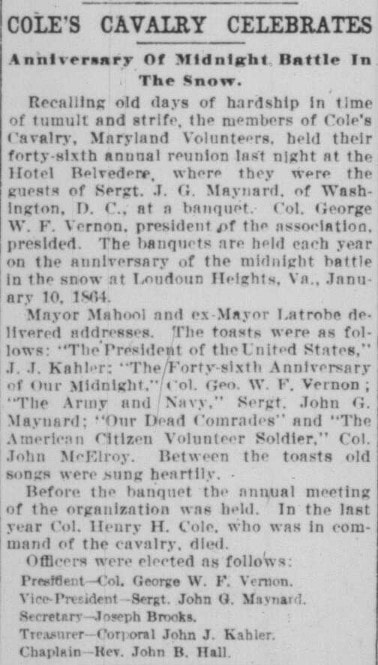











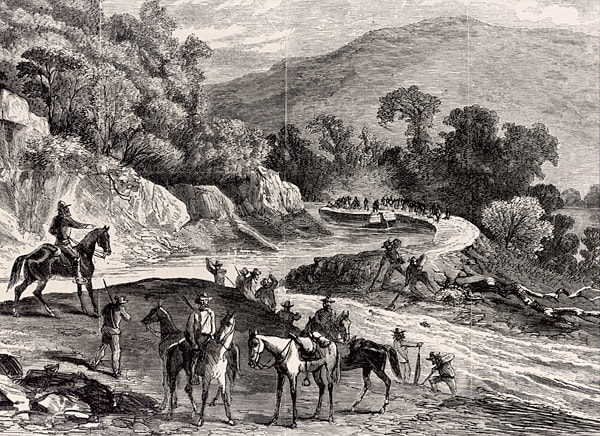









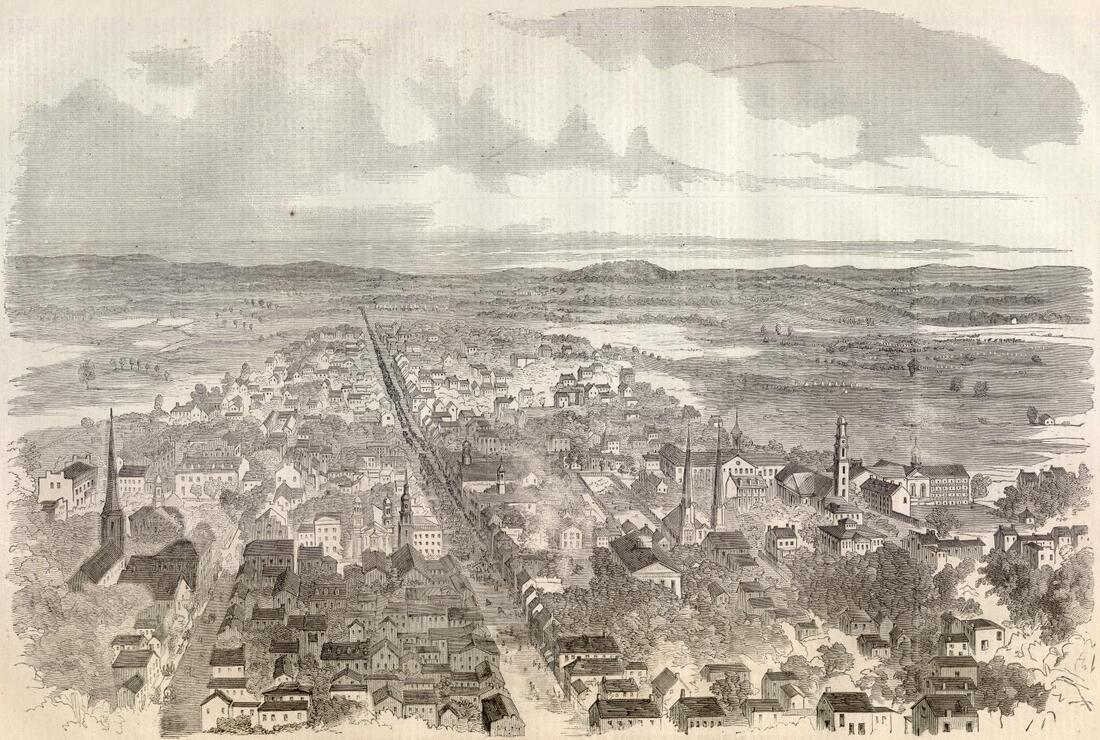



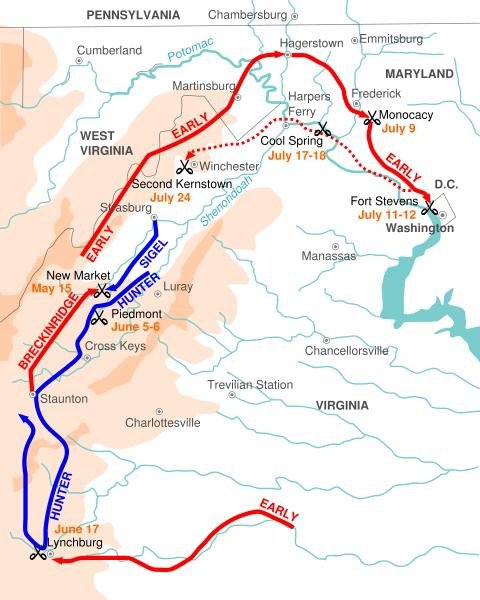





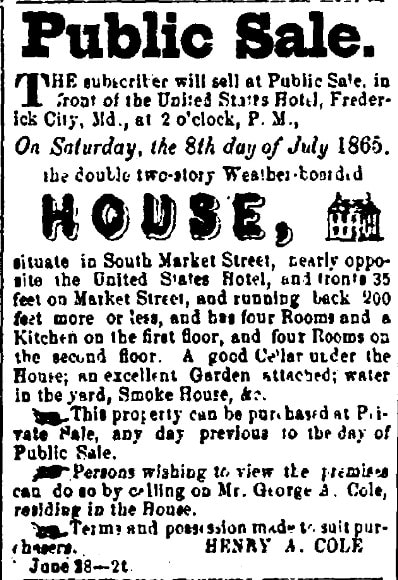







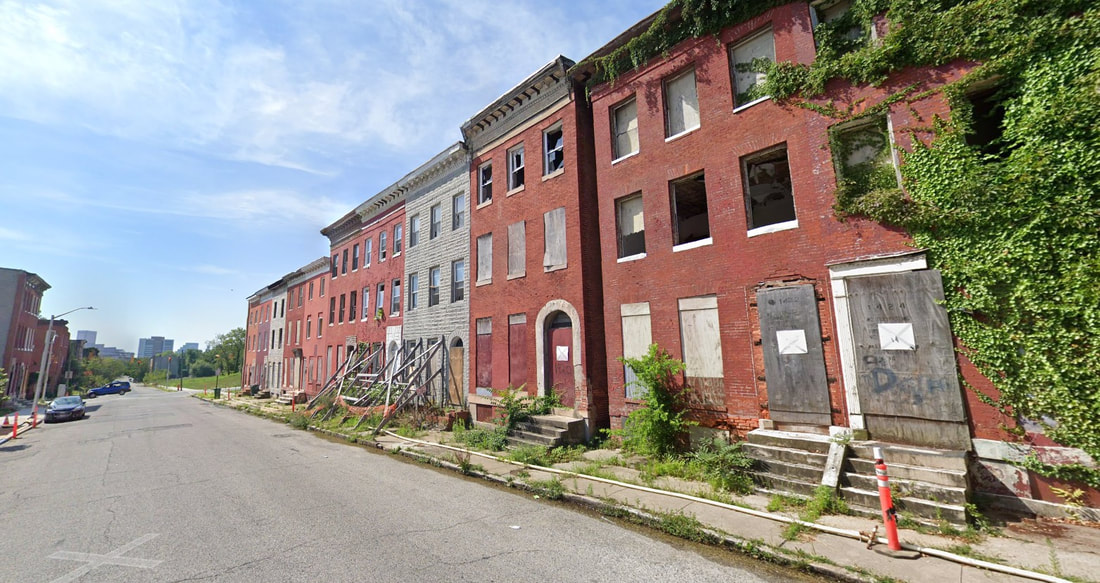






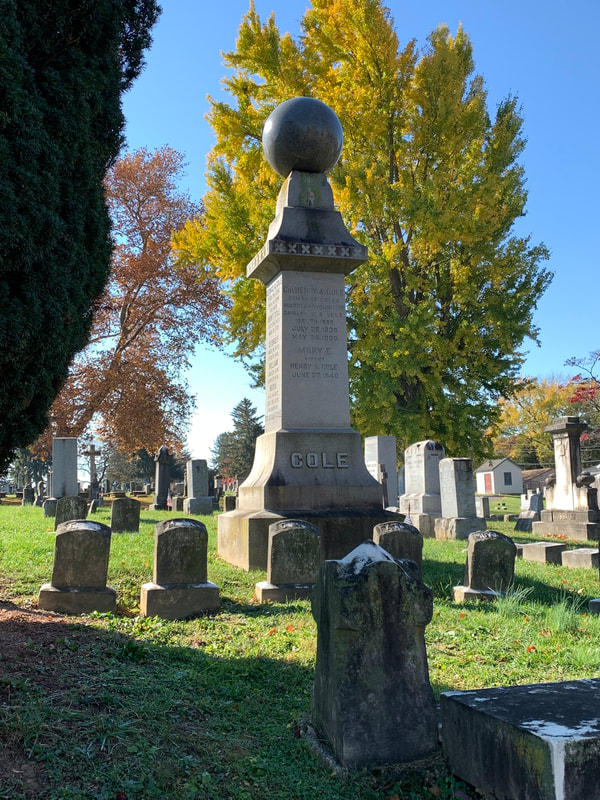


 RSS Feed
RSS Feed